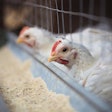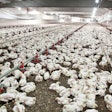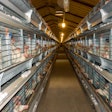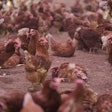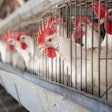
The U.S. layer industry is following in the footsteps of the European layer industry on the path away from conventional cages for housing hens. This conversion is coming about largely as a result of the lobbying of major retail and foodservice egg purchasers by animal welfare/rights groups. As someone who studied the behavior of laying hens in graduate school, but who also has a business degree and experience in large-scale meat bird production, I have been somewhat puzzled by these developments.
I attended Petfood Forum for the first time this year and several presenters discussed how to market cat and dog foods to “pet parents.” Yes, the highest level of attachment to ones’ pet is no longer being a pet lover; you are a pet parent.
Pet parents don’t just treat their pets as valuable complements to family life, they are in many cases substitutes for children and are truly considered as part of the family. Once I heard frequent discussion of this high level of emotional attachment to pets and that this market segment is growing rapidly, I knew this was probably the other piece of the farm animal welfare attitude shift puzzle.
We all know that less than 2 percent of people work on farms and most consumers have no direct contact with anyone who raises farm animals. I knew that consumers’ attitudes about their pets influenced how they thought other animals should be raised, but now it seems that the level of humanization of pets by their owners has gone up a notch higher than I had suspected.
People who buy clothes for their dogs have different attitudes about farm animal welfare than do people who keep their dogs in pens in the backyard. Successful pet food marketers play to the emotional connection consumers have with their pets, but so do the welfare activists.







